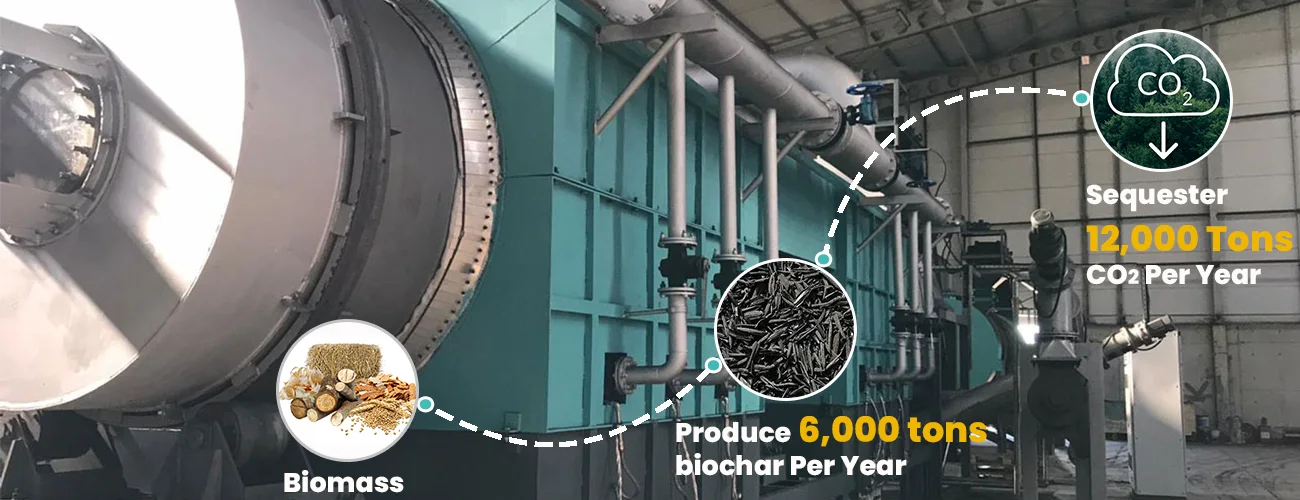The debate between molded pulp and plastic as primary materials for egg packaging continues to intensify amid rising environmental scrutiny and shifting consumer behavior. While plastic packaging has long been favored for its durability and clarity, molded pulp solutions, produced via an egg tray machine, are increasingly preferred for their biodegradability and sustainable lifecycle. An objective comparison across performance, cost, and ecological footprint reveals the evolving dynamics shaping this packaging segment.
Material Performance and Protective Capability
Plastic cartons, typically composed of PET or polystyrene, offer high tensile strength and superior moisture resistance. They are less prone to deformation under mechanical stress, making them suitable for long-haul transportation and humid environments. Additionally, their transparency allows for visual inspection of egg quality without opening the pack—an advantage in retail settings.
Conversely, molded pulp trays, manufactured by an egg tray machine supplier using waste paper or agro-fiber feedstocks, deliver reliable shock absorption and stack stability. Though non-transparent and marginally heavier, pulp trays conform closely to egg contours, minimizing impact damage during transit. When correctly engineered, pulp trays withstand compression loads equivalent to that of mid-grade plastic alternatives.
Environmental Impact and End-of-Life Outcomes
Molded pulp outperforms plastic in terms of ecological responsibility. Derived from recycled or renewable materials, pulp trays are compostable and degrade naturally within weeks under industrial or home composting conditions. No specialized recycling infrastructure is required for disposal, reducing post-consumer environmental burden.
Plastic packaging, despite its recyclability under optimal conditions, often ends up in landfills due to contamination, collection inefficiencies, or lack of local recycling capacity. Decomposition timelines extend over centuries, and microplastic residues pose long-term ecological risks. Regulatory trends are increasingly penalizing single-use plastic through levies and restrictions, particularly in export-oriented markets.
Cost Efficiency and Operational Considerations
From a capital expenditure standpoint, plastic molding systems typically demand higher precision tooling and temperature control, which translates into elevated setup and energy costs. However, once operational, high-speed plastic forming systems offer rapid throughput and tight dimensional consistency.
In contrast, an egg tray machine sourced from reputable pulp molding machine manufacturers offers lower energy consumption, simpler maintenance protocols, and flexibility in mold interchange. This adaptability is advantageous for small to mid-scale producers targeting local and regional markets. Although pulp trays may incur slightly higher per-unit costs in some regions due to raw material sourcing or drying requirements, the overall system cost remains competitive when factoring in subsidies, tax incentives, and lower environmental compliance fees.
Market Acceptance and Strategic Alignment
The perception of sustainability now heavily influences buyer preferences in both B2B and consumer sectors. Supermarkets, food chains, and logistics providers are increasingly demanding packaging solutions that align with ESG (Environmental, Social, and Governance) frameworks. In this context, molded pulp solutions offer brand value enhancement and regulatory resilience.
Plastic packaging continues to retain niche use in premium segments or cold-chain logistics, where moisture control is paramount. However, its dominance is being challenged by the scalability and ecological profile of egg tray systems, especially in emerging markets where governments promote circular economy principles.
Conclusion
When weighed across key metrics—performance, sustainability, cost, and regulatory compatibility—the molded pulp alternative demonstrates a strong competitive position. The strategic selection of an egg tray machine supplier allows producers to transition toward environmentally compliant and economically viable packaging operations. As industries recalibrate their priorities, molded fiber solutions are set to play a central role in the future of protective packaging.



No comments:
Post a Comment